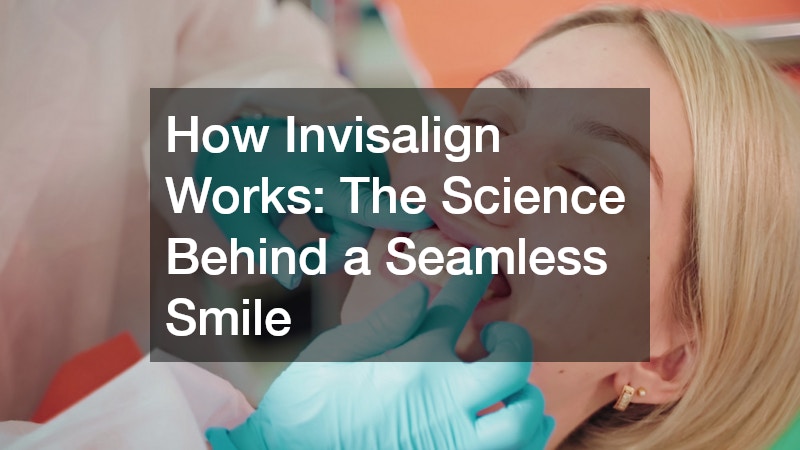All About the Different Cosmetic Dentistry Procedures
Cosmetic dentistry focuses on improving the appearance of teeth, gums, and smiles. It has become increasingly popular in recent years as more people seek ways to boost their confidence and enhance their overall appearance. Whether through whitening treatments, veneers, or dental implants, these procedures not only improve aesthetics but can also contribute to better oral health and function.
What is Cosmetic Dentistry?
Cosmetic dentistry refers to dental treatments designed primarily to enhance the look of your teeth and smile. While general dentistry focuses on prevention, diagnosis, and treatment of oral diseases, cosmetic dentistry emphasizes appearance — though many procedures overlap in promoting oral health.
A common misconception is that cosmetic dentistry is purely superficial. In reality, improving the alignment, color, or structure of teeth can also make cleaning easier and reduce the risk of decay or gum disease. From fixing chips and gaps to brightening dull smiles, cosmetic dentistry plays an important role in both function and aesthetics.
Anyone who wishes to improve their smile — whether due to discoloration, damage, or unevenness — can benefit from these treatments. Cosmetic dentistry offers options suitable for a wide range of dental needs and budgets.
What are the Most Common Cosmetic Dentistry Procedures?
Teeth Whitening
One of the simplest and most popular procedures, teeth whitening lightens stains caused by food, beverages, smoking, and aging. Professional whitening delivers faster and longer-lasting results compared to over-the-counter products. Professional teeth whitening is a safe, dentist-supervised procedure that uses advanced bleaching agents to effectively remove deep stains and restore a brighter, more radiant smile in just one visit. Laser and LED technology allow faster and more effective treatment than ever before.
Dental Veneers
Veneers are thin shells made from porcelain or composite resin that cover the front surface of teeth. They can correct discoloration, chips, gaps, and misalignment, creating a uniform and natural-looking smile.
Dental Bonding
This procedure uses tooth-colored resin to repair chips, cracks, or gaps. Bonding is often a cost-effective and quick option, completed in a single visit.
Inlays and Onlays
These are custom-made restorations used when a filling isn’t sufficient but a full crown isn’t needed. They restore both strength and appearance to damaged teeth.
Dental Implants
Implants replace missing teeth with artificial roots topped by natural-looking crowns. They provide long-term durability, stability, and a realistic appearance, improving both function and aesthetics.
Gum Contouring
Gum contouring is a procedure that involves reworking your gumline to make your smile shine even brighter. The procedure is designed to improve the balance and symmetry of your smile by reshaping the gum line. It’s often used to correct a “gummy” smile, where too much gum tissue shows, or to even out an uneven gum line caused by genetics, medication, or periodontal disease.
How to Choose the Right Procedure for Yourself?
Choosing the best cosmetic dental treatment begins with an honest assessment of your dental goals and needs. A consultation with a qualified cosmetic dentist can help identify suitable procedures based on the condition of your teeth, budget, and desired results.
Understanding the costs and how much, if any, insurance will cover is crucial. While cosmetic procedures are often considered elective, some may have restorative benefits that qualify for partial coverage. It’s also important to discuss expected outcomes and how long results typically last.
Every treatment carries some level of risk, so weighing the benefits against potential side effects — such as sensitivity or maintenance requirements — will help ensure you make an informed decision.
What to Expect During a Cosmetic Dentistry Procedure?
Before undergoing any cosmetic dental work, your dentist will guide you through preparation steps that may include X-rays, molds, or cleaning. During the procedure, pain management options such as local anesthesia or sedation help ensure comfort.
The process itself varies depending on the treatment — for instance, whitening can take about an hour, while veneers or implants may require multiple visits. Afterward, your dentist will provide care instructions to manage any discomfort and promote healing.
Recovery time also depends on the procedure, ranging from minimal downtime for whitening to several weeks for implants or extensive restorations.
How to Maintain Results from Cosmetic Dental Work?
To keep your new smile looking its best, consistent oral hygiene is key. Brushing twice a day, flossing, and using non-abrasive toothpaste protect both natural and treated teeth. Regular dental check-ups allow your dentist to monitor the condition of your restorations and perform professional cleanings as needed.
Diet and lifestyle choices can also affect longevity — avoiding tobacco and limiting staining foods and drinks will help preserve brightness. Certain procedures, like veneers or implants, may require special care instructions or follow-up visits.
Be alert for warning signs such as pain, loosened restorations, or changes in color, which may indicate a need for professional attention.
Enhancing your smile through cosmetic dentistry can make a significant difference in appearance, confidence, and oral health. With the right professional guidance, careful maintenance, and realistic expectations, you can enjoy beautiful, lasting results that keep your smile radiant for years to come.





